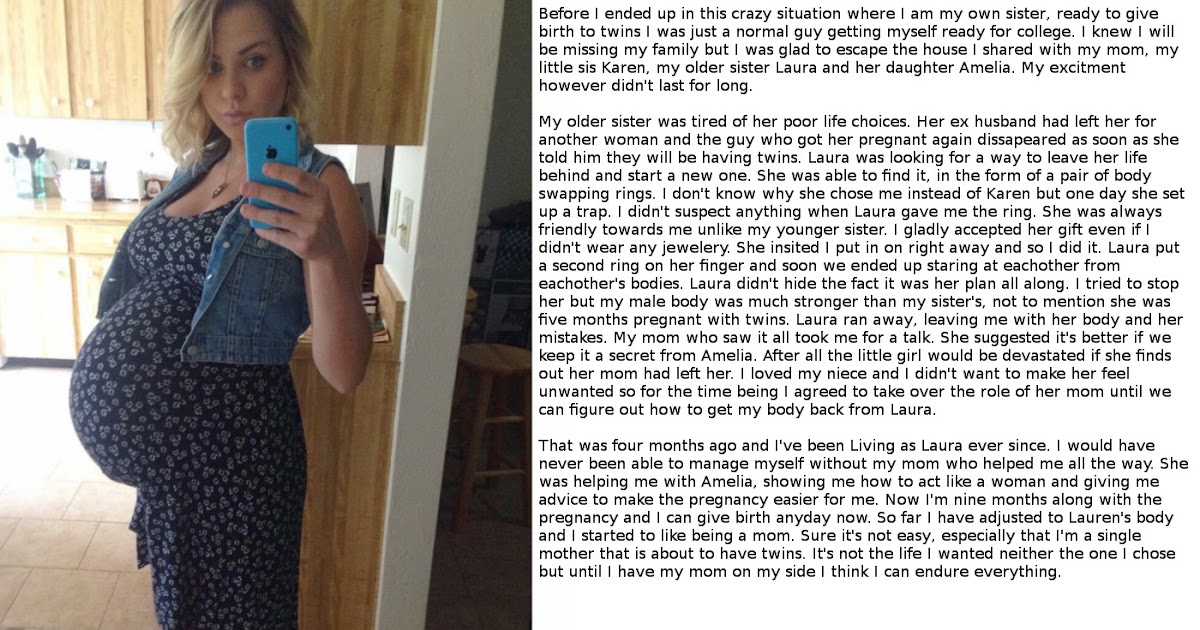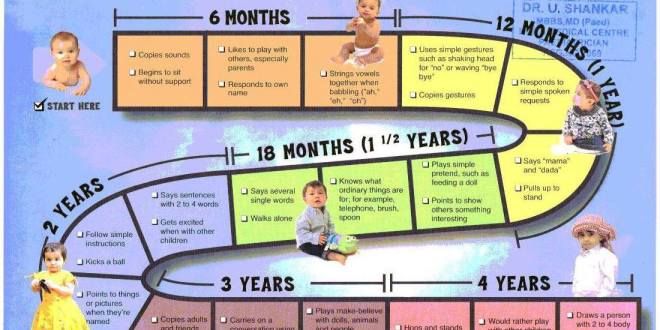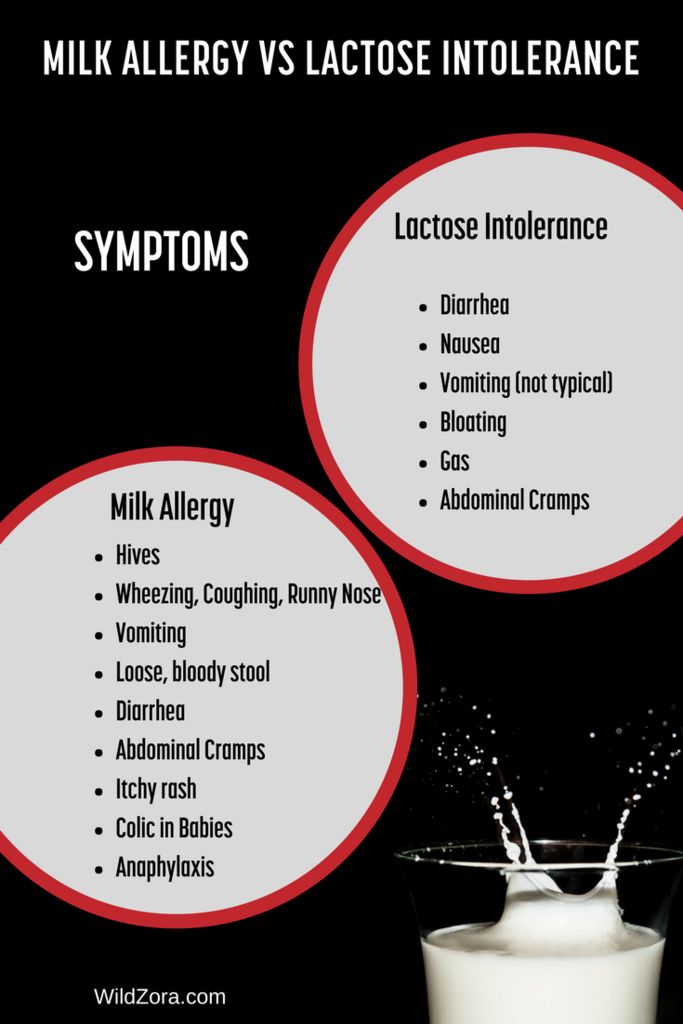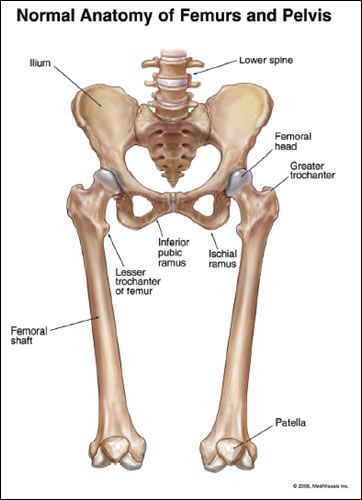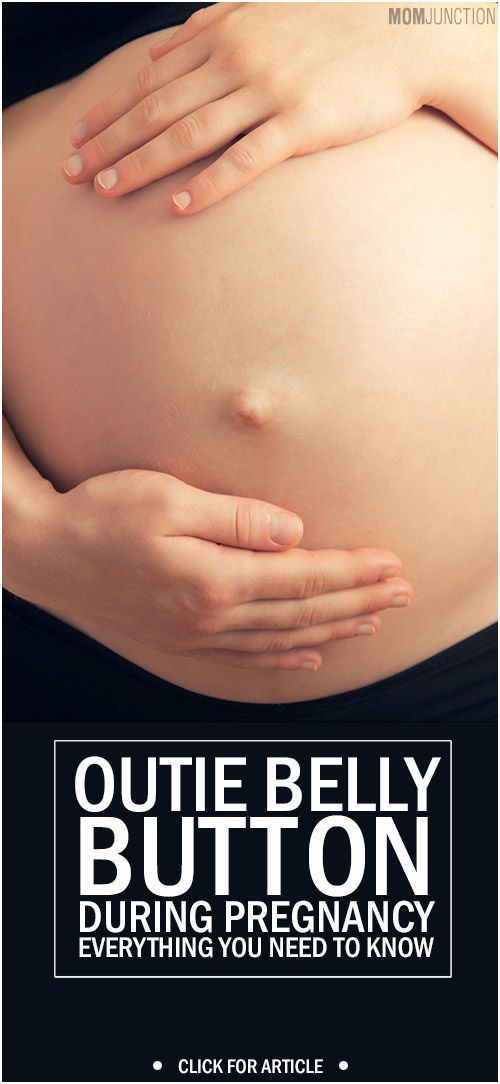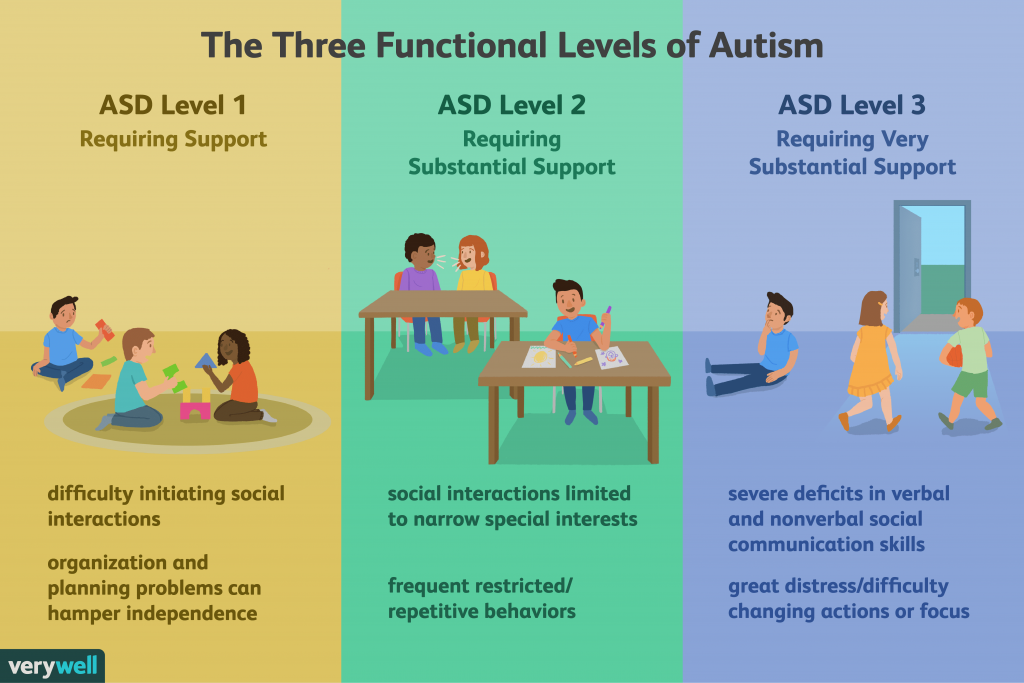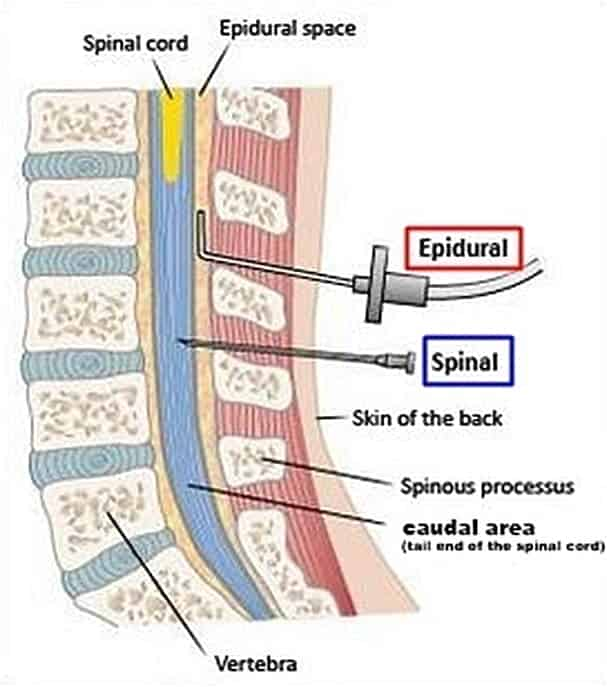How can i get pregnant with twins
Factors, odds, and improving your chances
There are many myths about how to improve the odds of having twins. Although there are no proven ways to increase the likelihood of conceiving twins, there are certain factors that can make this type of pregnancy more likely.
Twins can occur either when two separate eggs become fertilized in the womb or when a single fertilized egg splits into two embryos.
Having twins is more common now than it was in the past. According to the Centers for Disease Control and Prevention (CDC), twin births have nearly doubled over the last 40 years.
A woman has a higher chance of having twins if she conceives with the assistance of fertility treatment or is aged 35 years or over. In the United States, fertility treatments account for more than one-third of twin pregnancies.
In this article, we explore why twin pregnancies occur, how common they are, and factors that can make them more likely. We also explain whether a person can increase their chance of having twins.
Doctors do not fully understand the reasons why twin pregnancies sometimes occur. However, some factors can increase the likelihood of giving birth to twins, including:
- the woman’s age
- having a family history of twins
- having fertility treatments
Conception happens when a sperm fertilizes an egg to form an embryo. However, if there are two eggs present in the womb at the time of fertilization or the fertilized egg splits into two separate embryos, a woman can become pregnant with twins.
There are two types of twin:
- Identical twins: This type of pregnancy happens when a fertilized egg splits into two separate embryos. These embryos are monozygotic, which means that they have identical genes. Identical twins are the same sex as each other and look very alike.
- Nonidentical, or fraternal, twins: This type of pregnancy occurs when there are two eggs present in the womb at the time of fertilization, and sperm fertilize both of them.
 These embryos are dizygotic, which means that they do not have identical genes and may not be the same sex.
These embryos are dizygotic, which means that they do not have identical genes and may not be the same sex.
Fraternal twins are common after fertility treatment because healthcare professionals often place two fertilized embryos into a woman’s womb to increase the chances of a successful pregnancy.
Twins are relatively uncommon. According to the American Society for Reproductive Medicine (ASRM), only approximately one in 250 pregnancies results in twins.
However, the birth of twins has increased significantly alongside the rise in the use of fertility treatments and with more women choosing to have children at a later age. Since 1980, the birth rate of twins has increased by more than 75 percent.
A woman is more likely to have fraternal twins than identical twins. Identical twins account for only about one-third of multiple pregnancies.
Several factors can increase the likelihood of a woman conceiving twins. These include:
Family history
A woman has a slightly higher chance of having twins if she has a family history of twins. A family history of twins on the mother’s side increases this likelihood more than a family history on the father’s side. However, this only applies if conception takes place without the use of fertility treatments.
A family history of twins on the mother’s side increases this likelihood more than a family history on the father’s side. However, this only applies if conception takes place without the use of fertility treatments.
According to the ASRM, women who are themselves nonidentical twins produce twins in around 1 in every 60 births. For men who are nonidentical twins, the chance of conceiving twins is only 1 in every 125 births.
Some people believe that twins can skip a generation, meaning that a person will potentially have twins if one of their grandparents did. However, there is little evidence to support this theory.
Fertility treatment
The ASRM note that the main factor that increases the chance of having twins is the use of fertility treatments. The various types of fertility treatment available increase the likelihood of twins in different ways.
Some fertility drugs work by stimulating a woman’s ovaries, which can sometimes cause them to release more than one egg. If sperm fertilizes both of these eggs, this can result in twins.
If sperm fertilizes both of these eggs, this can result in twins.
In vitro fertilization (IVF) can also increase the chance of conceiving twins.
Healthcare professionals carry out IVF by extracting a woman’s eggs and fertilizing them with a donor’s sperm in a laboratory to produce an embryo. They then transfer the fertilized embryo into the woman’s womb.
To increase the likelihood of success, the healthcare professional may place more than one embryo into the womb. Twins can occur if both embryos implant and develop successfully.
Multiple pregnancies carry additional risks, so the healthcare professional will usually limit the number of embryos that they transfer to the woman’s womb to reduce the chance of a pregnancy with twins, triplets, or more.
Age
According to the Office on Women’s Health, women who are aged 30 years or older are more likely to conceive twins. The reason for this is that women of this age are more likely than younger women to release more than one egg during their reproductive cycle.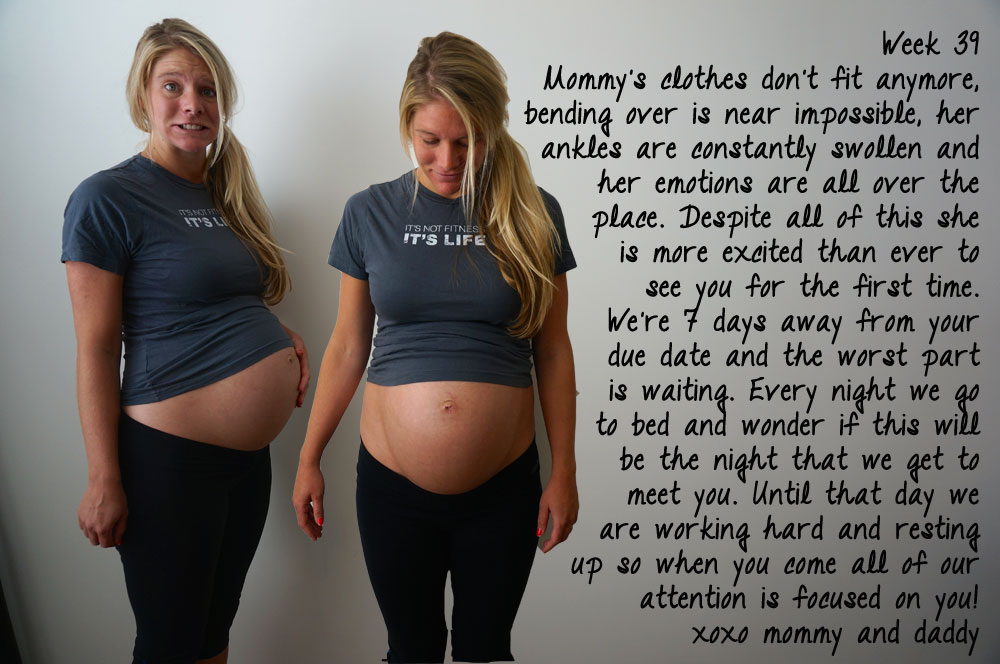 If sperm fertilizes two separate eggs, a twin pregnancy can occur.
If sperm fertilizes two separate eggs, a twin pregnancy can occur.
Height and weight
The ASRM report that nonidentical twins are slightly more common in taller or heavier women than they are in small women. The reasons for this are not clear, but it may be due to better nutrition. Women with a higher body weight may have more resources available for a developing fetus.
Racial background
In the U.S., Hispanic women are less likely to have twins than non-Hispanic white women or black women, according to the ASRM.
Share on PinterestFertility treatments can increase the chance of having twins.
There are many unproven claims about how to increase the likelihood of conceiving twins. Some people advise following specific diets or using certain alternative therapies, but there is no scientific evidence to support these methods.
Fertility treatments, particularly IVF and ovary stimulants, do increase the chances of having twins. However, a twin pregnancy is riskier for both the woman and the developing fetuses. For this reason, some fertility clinics advise against implanting multiple embryos during IVF treatment.
For this reason, some fertility clinics advise against implanting multiple embryos during IVF treatment.
The CDC recommend that younger women who are having their first fertility treatment select just one embryo for transfer to their womb.
As the success of fertility treatment is improving, there is often less need to transfer more than one embryo. In the U.S., the number of IVF treatments involving the transfer of three or four embryos decreased significantly between 2007 and 2016. Transferring just one or two embryos reduces the likelihood of a multiple pregnancy.
A twin pregnancy increases the risk of:
- premature birth
- low birth weight
- stillbirth
- disabilities at birth and congenital health conditions, such as cerebral palsy and autism
- preeclampsia
- diabetes during pregnancy
- cesarean delivery
- needing bed rest while pregnant
Although certain factors increase the chance of having twins, there is no way to improve the odds of having twins naturally. A woman will usually find out that she is pregnant with twins from an ultrasound early on in the pregnancy.
A woman will usually find out that she is pregnant with twins from an ultrasound early on in the pregnancy.
Some symptoms may indicate a twin pregnancy, including more intense morning sickness and very rapid weight gain. Regular medical appointments will improve the chances of a healthy pregnancy.
5 Factors that Increase the Odds of Getting Pregnant with Twins
What are the odds of having twins?
In recent years, multiple births have been on the rise. The number of twin births has increased by nearly 75 percent in the past 30 years. In the United States in 1980, only 18.9 sets of twins were born per 1,000 births. In 2018, 32.6 sets of twins were born per 1,000 births, according to a report on birth data.
Take a quiz
Find out what you can do with our Health Assistant
When it comes to having twins, not all regions are equal. Central Africa has the highest twin birth rate, while Asia and Latin America have much lower rates of twin births, according to an international study.
How twin conception happens
If you want to understand your chances of getting pregnant with twins, it’s important to know how they are conceived.
There are two different types of twins:
- Identical: Identical twins occur when one egg is fertilized by one sperm. The egg then divides into two separate embryos. Identical twins might share a placenta and an amniotic sac, or they might share a placenta and each have separate amniotic sacs. Genetically, the two babies are identical.
- Non-identical: Non-identical, or fraternal, twins occur when two separate eggs are fertilized by two separate sperm. Non-identical twins have their own placenta and their own unique genetic composition.
Factors that influence your chances of getting pregnant with twins
The following are a few of the factors behind twin birth:
Family history
If twins run in your family, then you have a greater chance of carrying twins. Your partner’s family tree might be bursting with twins, but this won’t increase your odds much.
Your partner’s family tree might be bursting with twins, but this won’t increase your odds much.
Having twins doesn’t “skip generations,” so if your mom had twins, you might have higher chances, too!
Ethnicity
Ethnicity is another factor that can influence the chances of carrying two babies. Black people are more likely than Caucasian people to give birth to twins. Asian and Hispanic people are even less likely to become pregnant with two or more kids at a time.
Several pregnancies
Your odds of having twins go up with each pregnancy.
Age
Being older can also contribute to twin birth. Studies have shown that people who are over 35 have a higher chance of getting pregnant with non-identical twins.
This is possibly because after the age of 35, the ovaries release more than one egg per month more often. Studies show that you produce more follicle-stimulating hormone when you’re over 35 than when you’re younger. This may cause more than one egg to be released during ovulation, which would increase the likelihood of having non-identical twins.
Body composition
Some researchers claim that people with a higher body mass index (BMI) have higher chances of carrying twins. People with a BMI greater than 30 before conception are more likely to give birth to non-identical twins. Health care providers don’t recommend gaining weight in order to have twins.
Studies have also shown that for people who are 5 feet 4.5 inches (164 centimeters) or taller, the relative odds of having twins is 1.5–2 times higher than for those under 5 feet 1 inch (155 cm).
What can influence your chances of getting pregnant with twins?
Assisted reproduction
Taking fertility medication is one of the most common ways to get pregnant with twins. They increase fertility by stimulating egg production. If more eggs are produced, the chances that more than one egg will be released during ovulation also increase.
Among the common ways to get pregnant with twins is through fertility treatment such as in-vitro fertilization (IVF). During the IVF process, the specialist extracts eggs and retrieves a sperm sample. These are manually combined in a laboratory. The resulting embryo is then transferred to the uterus. Sometimes more than one embryo is transferred, which may result in twin birth.
During the IVF process, the specialist extracts eggs and retrieves a sperm sample. These are manually combined in a laboratory. The resulting embryo is then transferred to the uterus. Sometimes more than one embryo is transferred, which may result in twin birth.
The takeaway
Certainly, there are many myths about getting pregnant with twins. For example, the idea that having twins skips a generation is simply not true. There’s also speculation that alternative therapies can increase chances, but there’s not enough evidence to support any of these claims.
Although you have higher odds of conceiving twins if you use assisted reproductive technology, there are also many people who get pregnant with twins naturally.
Having twins may seem desirable to many couples; however, it’s best to simply aim for a healthy baby. Always consult with your health care provider and follow their recommendations and tips for a healthy pregnancy, regardless of how many babies you’re carrying.
Is it possible to get pregnant with twins
On average, for every 30 singleton pregnancies, there is one during which two or more embryos develop. Most often, twins and triplets are formed. But it happens that a woman carries up to 6 embryos at once. Many dream of conceiving twins and are looking for recipes on how to do it naturally. We understand how multiple pregnancy develops and whether it can be influenced.
What is a multiple pregnancy?
Pregnancy is a special period when an unborn child develops in a woman's uterus. It's called prenatal. On average, it lasts for 40 weeks with a singleton pregnancy. During this time, a person is formed from a single cell that is formed as a result of the fusion of male and female gametes.
In pregnancy, there are two major periods - embryonic and fetal. The first lasts from the moment of conception to the 10th week of pregnancy, the second begins at 11 weeks and ends with childbirth. The embryonic period is also heterogeneous. It has several successive stages.
It has several successive stages.
Stages of the embryonic period:
| Name | Description |
| Fertilization | The fusion of sperm and egg takes place. A simple embryo is formed. |
| Splitting up | The embryo begins to rapidly divide (crush), gradually increasing the mass of cells. |
| gastrulation | On the 8th day after fertilization, cell differentiation and the formation of germ layers occur, from which tissues and organs are then formed. |
| Implantation | At the same time, the embryo is introduced into the endometrium of the uterus and fixed there. The fetus becomes an embryo. |
| Placentation | After implantation, the placenta begins to form, which will become the link between the body of the mother and the baby. |
| Histogenesis | As the embryo develops, the corresponding tissues begin to form from the germ layers. |
| Organogenesis | Organs begin to form from tissues, and the embryo passes into the fetal stage and becomes a fetus. |
For a person, a singleton pregnancy is considered normal, when one embryo develops during the fusion of one sperm and one egg. But sometimes failures occur in this process, due to which twins are obtained in the mother's body. This may be due to the following processes:
- At ovulation, two eggs are released into the fallopian tube, which then form two embryos that develop independently of each other and form their own placenta. They have a different set of chromosomes, so they are not identical to each other. Such twins are called fraternal. They can be of the same or different genders.
- During ovulation, one egg is produced, which is fertilized by one sperm.
 However, a failure occurs in the crushing process, due to which two embryos begin to develop. They form a common placenta, and their genetic makeup is completely identical. Such twins are called identical. They are never of different sexes - only boys or only girls are born. If division failure occurs in the later stages of cleavage, Siamese twins may form.
However, a failure occurs in the crushing process, due to which two embryos begin to develop. They form a common placenta, and their genetic makeup is completely identical. Such twins are called identical. They are never of different sexes - only boys or only girls are born. If division failure occurs in the later stages of cleavage, Siamese twins may form.
In the everyday meaning, the name "twins" or "twin" has a different meaning: the first is called fraternal twins, the second - identical. Unfortunately, even a multiple pregnancy does not guarantee the possibility of giving birth to twins or twins. Competition between embryos can lead to the death of one of them.
What factors influence the development of such a pregnancy?
Accidentally getting pregnant with twins or twins is quite difficult. Several factors influence the development of multiple pregnancy. The main ones are:
- Heredity. The probability of having twins increases if multiple pregnancies have also occurred in the family of both or one of the parents.

- double ovulation. It occurs with an irregular cycle, after the abolition of oral contraceptives, congenital or acquired increased production of sex hormones. This increases the likelihood of conceiving twins.
- Age. After the age of 35, the activity of follicle-stimulating hormones increases, which can cause double ovulation.
- In vitro fertilization. During IVF, the expectant mother receives several embryos. Often several of them take root. If the mother does not agree to remove additional embryos, this increases the likelihood of giving birth to twins.
These factors affect the possibility of getting pregnant with fraternal twins. Because of what the failure of crushing occurs, as a result of which twins can be born, it is not known for certain.
Important! The conception of twins is a sign that is inherited. If a couple does not know if there have been cases of multiple pregnancies in the family, geneticists can assess the likelihood.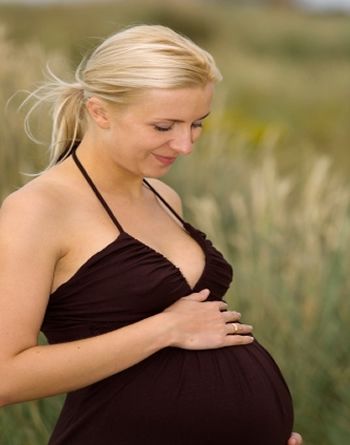
Is it possible to increase the chance of getting pregnant with twins?
Planning for the arrival of twins is quite difficult. If a couple does not have a hereditary predisposition to multiple pregnancy, then there are two ways to significantly increase the likelihood of such an outcome - in vitro fertilization or taking hormonal drugs.
How it works?
- IVF is the introduction of fertilized eggs into the prepared woman's body. For the procedure to be successful, several female gametes are fertilized. Then, after a certain preparation, from 2 to 4 embryos are injected into the woman's uterus. If more than one embryo survives, a multiple pregnancy occurs.
- Taking oral contraceptives temporarily stops ovulation. Against the background of the abolition of hormonal drugs, the likelihood of multiple ovulation increases. If conception occurs at this moment, then the formation of a multiple pregnancy is possible.
But even these methods do not guarantee that all fertilized embryos will be implanted in the uterine mucosa and will be able to develop normally until the very birth. Multiple pregnancy is a serious burden on the mother's body. For its normal bearing, constant support and monitoring of the health of a pregnant woman is necessary.
Multiple pregnancy is a serious burden on the mother's body. For its normal bearing, constant support and monitoring of the health of a pregnant woman is necessary.
Oral contraceptives prescribed by a doctor. With the right choice, you can bring down the hormonal background, which can lead to infertility and difficulties with bearing children.
Folk methods that increase the chance of getting pregnant with twins
Very often you can find folk methods that help to conceive twins and even plan the sex of future children. The most commonly offered methods are:
- Calendar. It is believed that the spring season is considered favorable for planning a multiple pregnancy, as well as a cycle determined by the account (. Special tables are compiled according to which you can choose a day suitable for conception.
- Position for conception. The position in which parents have sex is also considered important.
 For twins, as well as for children of a certain gender, different postures are required.
For twins, as well as for children of a certain gender, different postures are required. - Diet. Special diets will also help to plan the appearance of twins, as well as the gender of the unborn child. It is necessary to exclude certain foods from the diet, and add to it something that helps to get pregnant with twins or children of a certain gender.
- The right attitude. The right request and confidence in yourself and your actions will help to achieve the desired result. Supporters of this method believe that even couples with diagnosed infertility become pregnant with the right attitude.
- Hypothesis of blood renewal. The hypothesis is based on the fact that the blood in the human body is completely renewed within 3–4 years. It is believed that the younger the blood, the faster the metabolic processes and the higher the likelihood of double ovulation. It is also assumed that the parent with younger blood determines the sex of the unborn baby.
None of these hypotheses has been confirmed and will not give the desired result. These are attempts to influence what cannot be influenced. You should not be guided by them when planning a future child.
These are attempts to influence what cannot be influenced. You should not be guided by them when planning a future child.
Risks of multiple pregnancy
Even a singleton pregnancy is a serious burden on a woman's body. With multiple pregnancy, it increases many times over. The greater weight of children and amniotic fluid, the high costs of carrying them directly affect the woman's body and add certain problems.
The main ones are:
- spontaneous abortion before 22 weeks;
- premature birth after 22 weeks;
- stronger toxicosis and gestosis;
- incorrect location of the placenta;
- violation of intrauterine development of children;
- hypoxia of one or both fetuses;
- diastasis of the rectus abdominis muscles;
- spine problems.
The most common complication is preterm birth, and therefore the normal period of the preliminary date for the birth of babies is shifted. For identical twins, it is 36 weeks, for fraternal twins, it is 37 weeks. To endure children before this period, it is necessary to constantly consult with a doctor and treat any difficulties immediately after they occur.
For identical twins, it is 36 weeks, for fraternal twins, it is 37 weeks. To endure children before this period, it is necessary to constantly consult with a doctor and treat any difficulties immediately after they occur.
An expectant mother needs constant contact with a doctor who can answer all her questions at any time. Our doctors will become such an indispensable assistant. They will dispel any doubts and help determine when a woman needs urgent help.
FAQ
How often are twins and twins born?
+
On average, the incidence of multiple pregnancies is 1 pregnancy in every 30 births. Most often, pregnancy develops with twins and triplets.
Why are twins born?
+
Multiple pregnancy develops in two ways: the fertilization of two eggs (fraternal twins) and the consequence of a violation of the processes of crushing the zygote (identical twins).
Is it possible to get pregnant with twins naturally?
+
Yes, if a woman has a predisposition to multiple pregnancy, two eggs were released at the time of ovulation, or during crushing, two embryos began to develop due to a failure.
What determines the birth of twins or twins?
+
The development of multiple pregnancy is influenced by hereditary factors, the age of the woman and the state of her hormonal system. If a woman has a history of these factors, she may become pregnant with twins.
What are the risks of having twins?
+
Multiple pregnancies increase the risk of miscarriage and preterm birth. It has a greater effect on the woman's body, can lead to impaired intrauterine development and fetal hypoxia.
Expert opinion
Multiple pregnancy is one of the options for the norm. It occurs due to multiple ovulation, as a result of a violation of the crushing of the zygote, or becomes a consequence of taking COCs. It also develops as a result of IVF. Such a pregnancy carries additional risks and requires more careful attention from the doctor leading the pregnancy.
It occurs due to multiple ovulation, as a result of a violation of the crushing of the zygote, or becomes a consequence of taking COCs. It also develops as a result of IVF. Such a pregnancy carries additional risks and requires more careful attention from the doctor leading the pregnancy.
We publish only verified information
Article author
Menshikova Maria Viktorovna obstetrician-gynecologist
Experience 38 years
Consultations 1816
Art. 46
46
Specialist with extensive practical experience. He has a certificate of a mammologist, a certificate of professional certification. Participates in foreign business trips and individual training programs (Los Angeles).
- 1982 - 1986 NPO MONIIAG - obstetrician-gynecologist
- 1987 - 1989 VNITs OZMIR - obstetrician-gynecologist
- 1989 - 1992 departmental polyclinic st. Moscow - Kurskaya - obstetrician-gynecologist
- 1992 - 2001 NPO MONIIAG - obstetrician-gynecologist
- 2007 - 2008 NP KMIKM - doctor administrator
- 2009 - 2013 Pereslavl Central District Hospital, women's consultation - obstetrician-gynecologist
- 2020 to present Teledoctor24 LLC - doctor - consultant (gynecologist)
Is it possible to get pregnant with twins
On average, for every 30 singleton pregnancies, there is one during which two or more embryos develop. Most often, twins and triplets are formed. But it happens that a woman carries up to 6 embryos at once. Many dream of conceiving twins and are looking for recipes on how to do it naturally. We understand how multiple pregnancy develops and whether it can be influenced.
But it happens that a woman carries up to 6 embryos at once. Many dream of conceiving twins and are looking for recipes on how to do it naturally. We understand how multiple pregnancy develops and whether it can be influenced.
What is a multiple pregnancy?
Pregnancy is a special period when an unborn child develops in a woman's uterus. It's called prenatal. On average, it lasts for 40 weeks with a singleton pregnancy. During this time, a person is formed from a single cell that is formed as a result of the fusion of male and female gametes.
In pregnancy, there are two major periods - embryonic and fetal. The first lasts from the moment of conception to the 10th week of pregnancy, the second begins at 11 weeks and ends with childbirth. The embryonic period is also heterogeneous. It has several successive stages.
Stages of the embryonic period:
| Name | Description |
| Fertilization | The fusion of sperm and egg takes place. |
| Splitting up | The embryo begins to rapidly divide (crush), gradually increasing the mass of cells. |
| gastrulation | On the 8th day after fertilization, cell differentiation and the formation of germ layers occur, from which tissues and organs are then formed. |
| Implantation | At the same time, the embryo is introduced into the endometrium of the uterus and fixed there. The fetus becomes an embryo. |
| Placentation | After implantation, the placenta begins to form, which will become the link between the body of the mother and the baby. |
| Histogenesis | As the embryo develops, the corresponding tissues begin to form from the germ layers. |
| Organogenesis | Organs begin to form from tissues, and the embryo passes into the fetal stage and becomes a fetus. |
For a person, a singleton pregnancy is considered normal, when one embryo develops during the fusion of one sperm and one egg. But sometimes failures occur in this process, due to which twins are obtained in the mother's body. This may be due to the following processes:
- At ovulation, two eggs are released into the fallopian tube, which then form two embryos that develop independently of each other and form their own placenta. They have a different set of chromosomes, so they are not identical to each other. Such twins are called fraternal. They can be of the same or different genders.
- During ovulation, one egg is produced, which is fertilized by one sperm. However, a failure occurs in the crushing process, due to which two embryos begin to develop. They form a common placenta, and their genetic makeup is completely identical. Such twins are called identical. They are never of different sexes - only boys or only girls are born.
 If division failure occurs in the later stages of cleavage, Siamese twins may form.
If division failure occurs in the later stages of cleavage, Siamese twins may form.
In the everyday meaning, the name "twins" or "twin" has a different meaning: the first is called fraternal twins, the second - identical. Unfortunately, even a multiple pregnancy does not guarantee the possibility of giving birth to twins or twins. Competition between embryos can lead to the death of one of them.
What factors influence the development of such a pregnancy?
Accidentally getting pregnant with twins or twins is quite difficult. Several factors influence the development of multiple pregnancy. The main ones are:
- Heredity. The probability of having twins increases if multiple pregnancies have also occurred in the family of both or one of the parents.
- double ovulation. It occurs with an irregular cycle, after the abolition of oral contraceptives, congenital or acquired increased production of sex hormones. This increases the likelihood of conceiving twins.

- Age. After the age of 35, the activity of follicle-stimulating hormones increases, which can cause double ovulation.
- In vitro fertilization. During IVF, the expectant mother receives several embryos. Often several of them take root. If the mother does not agree to remove additional embryos, this increases the likelihood of giving birth to twins.
These factors affect the possibility of getting pregnant with fraternal twins. Because of what the failure of crushing occurs, as a result of which twins can be born, it is not known for certain.
Important! The conception of twins is a sign that is inherited. If a couple does not know if there have been cases of multiple pregnancies in the family, geneticists can assess the likelihood.
Is it possible to increase the chance of getting pregnant with twins?
Planning for the arrival of twins is quite difficult. If a couple does not have a hereditary predisposition to multiple pregnancy, then there are two ways to significantly increase the likelihood of such an outcome - in vitro fertilization or taking hormonal drugs.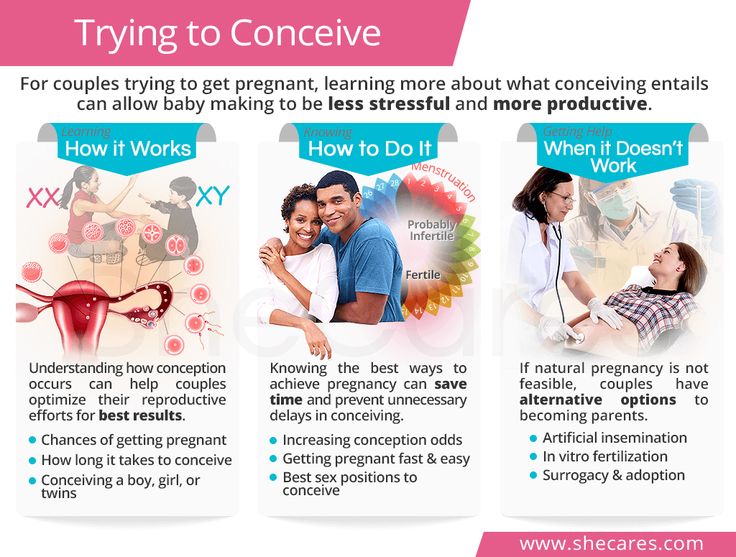
How it works?
- IVF is the introduction of fertilized eggs into the prepared woman's body. For the procedure to be successful, several female gametes are fertilized. Then, after a certain preparation, from 2 to 4 embryos are injected into the woman's uterus. If more than one embryo survives, a multiple pregnancy occurs.
- Taking oral contraceptives temporarily stops ovulation. Against the background of the abolition of hormonal drugs, the likelihood of multiple ovulation increases. If conception occurs at this moment, then the formation of a multiple pregnancy is possible.
But even these methods do not guarantee that all fertilized embryos will be implanted in the uterine mucosa and will be able to develop normally until the very birth. Multiple pregnancy is a serious burden on the mother's body. For its normal bearing, constant support and monitoring of the health of a pregnant woman is necessary.
Oral contraceptives prescribed by a doctor.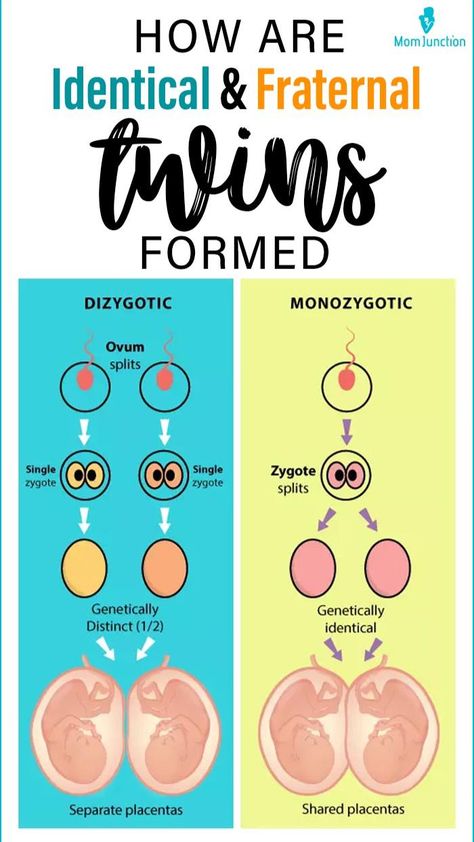 With the right choice, you can bring down the hormonal background, which can lead to infertility and difficulties with bearing children.
With the right choice, you can bring down the hormonal background, which can lead to infertility and difficulties with bearing children.
Folk methods that increase the chance of getting pregnant with twins
Very often you can find folk methods that help to conceive twins and even plan the sex of future children. The most commonly offered methods are:
- Calendar. It is believed that the spring season is considered favorable for planning a multiple pregnancy, as well as a cycle determined by the account (. Special tables are compiled according to which you can choose a day suitable for conception.
- Position for conception. The position in which parents have sex is also considered important. For twins, as well as for children of a certain gender, different postures are required.
- Diet. Special diets will also help to plan the appearance of twins, as well as the gender of the unborn child.
 It is necessary to exclude certain foods from the diet, and add to it something that helps to get pregnant with twins or children of a certain gender.
It is necessary to exclude certain foods from the diet, and add to it something that helps to get pregnant with twins or children of a certain gender. - The right attitude. The right request and confidence in yourself and your actions will help to achieve the desired result. Supporters of this method believe that even couples with diagnosed infertility become pregnant with the right attitude.
- Hypothesis of blood renewal. The hypothesis is based on the fact that the blood in the human body is completely renewed within 3–4 years. It is believed that the younger the blood, the faster the metabolic processes and the higher the likelihood of double ovulation. It is also assumed that the parent with younger blood determines the sex of the unborn baby.
None of these hypotheses has been confirmed and will not give the desired result. These are attempts to influence what cannot be influenced. You should not be guided by them when planning a future child.
Risks of multiple pregnancy
Even a singleton pregnancy is a serious burden on a woman's body. With multiple pregnancy, it increases many times over. The greater weight of children and amniotic fluid, the high costs of carrying them directly affect the woman's body and add certain problems.
The main ones are:
- spontaneous abortion before 22 weeks;
- premature birth after 22 weeks;
- stronger toxicosis and gestosis;
- incorrect location of the placenta;
- violation of intrauterine development of children;
- hypoxia of one or both fetuses;
- diastasis of the rectus abdominis muscles;
- spine problems.
The most common complication is preterm birth, and therefore the normal period of the preliminary date for the birth of babies is shifted. For identical twins, it is 36 weeks, for fraternal twins, it is 37 weeks. To endure children before this period, it is necessary to constantly consult with a doctor and treat any difficulties immediately after they occur.
An expectant mother needs constant contact with a doctor who can answer all her questions at any time. Our doctors will become such an indispensable assistant. They will dispel any doubts and help determine when a woman needs urgent help.
FAQ
How often are twins and twins born?
+
On average, the incidence of multiple pregnancies is 1 pregnancy in every 30 births. Most often, pregnancy develops with twins and triplets.
Why are twins born?
+
Multiple pregnancy develops in two ways: the fertilization of two eggs (fraternal twins) and the consequence of a violation of the processes of crushing the zygote (identical twins).
Is it possible to get pregnant with twins naturally?
+
Yes, if a woman has a predisposition to multiple pregnancy, two eggs were released at the time of ovulation, or during crushing, two embryos began to develop due to a failure.
What determines the birth of twins or twins?
+
The development of multiple pregnancy is influenced by hereditary factors, the age of the woman and the state of her hormonal system. If a woman has a history of these factors, she may become pregnant with twins.
What are the risks of having twins?
+
Multiple pregnancies increase the risk of miscarriage and preterm birth. It has a greater effect on the woman's body, can lead to impaired intrauterine development and fetal hypoxia.
Expert opinion
Multiple pregnancy is one of the options for the norm. It occurs due to multiple ovulation, as a result of a violation of the crushing of the zygote, or becomes a consequence of taking COCs. It also develops as a result of IVF. Such a pregnancy carries additional risks and requires more careful attention from the doctor leading the pregnancy.
We publish only verified information
Article author
Menshikova Maria Viktorovna obstetrician-gynecologist
Experience 38 years
Consultations 1816
Art.

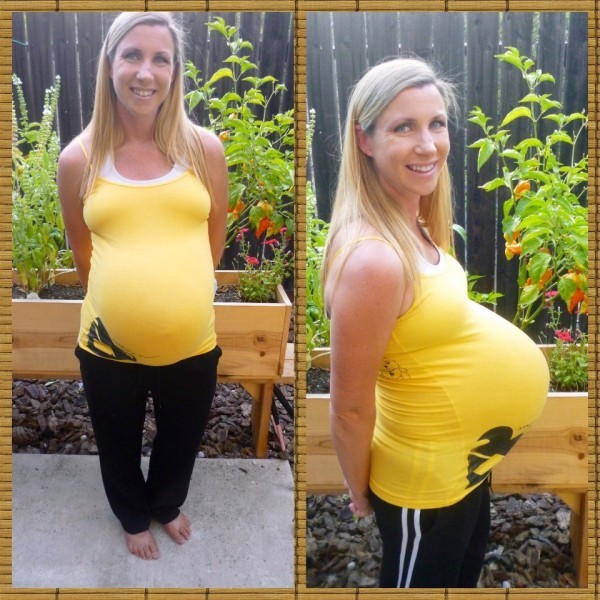 A simple embryo is formed.
A simple embryo is formed. 